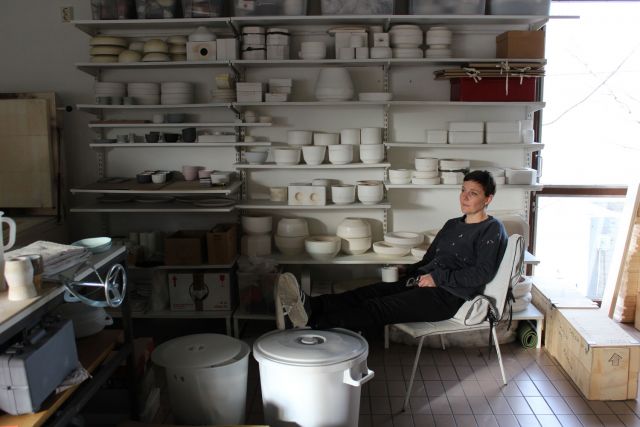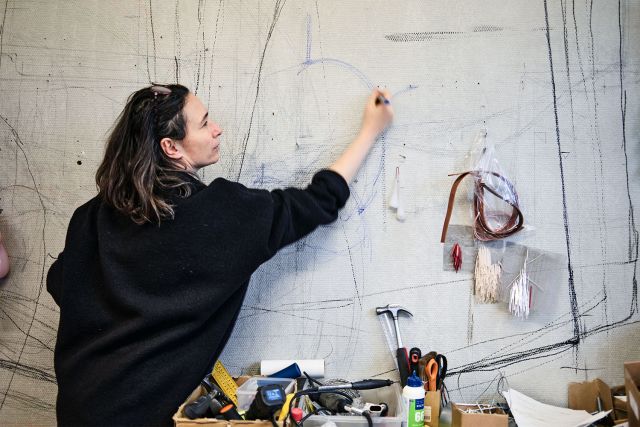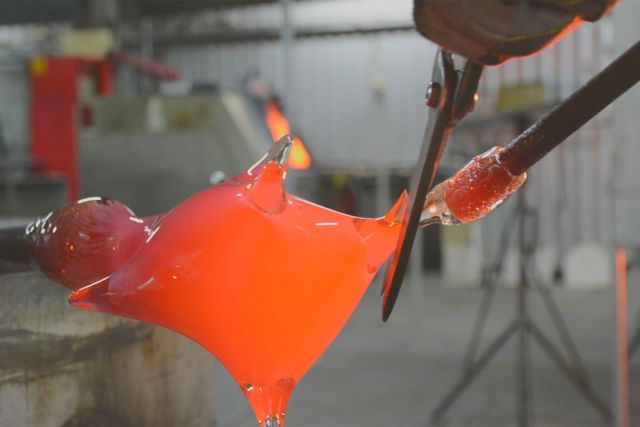This hand crocheted soft sculpture is made of Finnish paper yarn. It develops from the first centre loop to the stitches at the edges. The colour of the sculpture is light brown, gradually turning to flame red. This sculpture can be hung from a wall or from the ceiling.
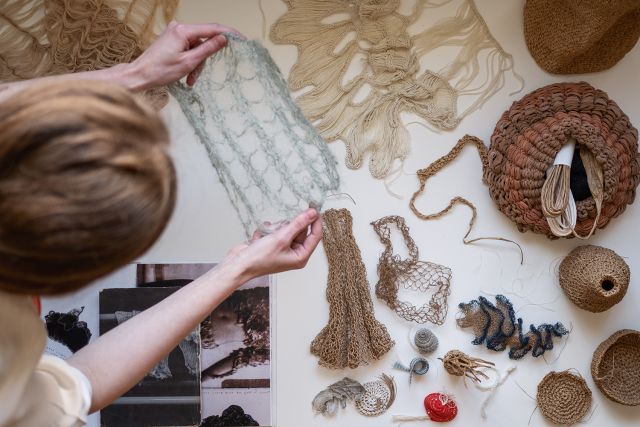
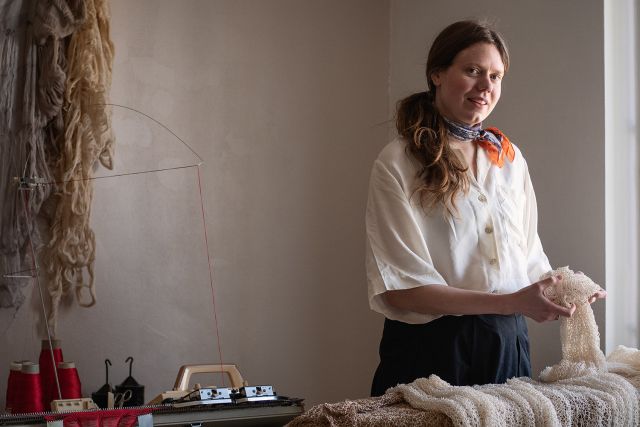

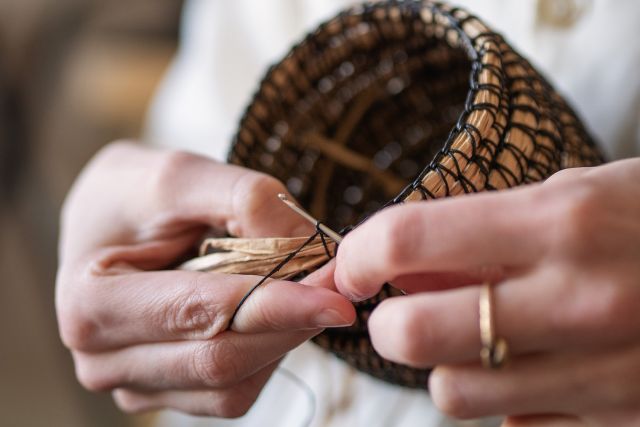
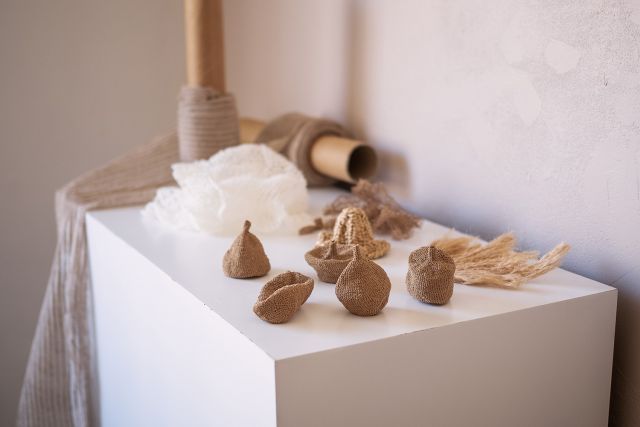
Riikka Peltola
- Knitter
- Tampere, Finland
- Rising Star
The memories in material
- • Riikka reconnects ancestral know-how with new knitting techniques
- • Sustainability and the link between natural and man-made are central to her work
- • To her, slow handcraft techniques reinforce the relationship between material and maker
Riikka Peltola is a fibre and knitting artist from Finland. A graduate of Aalto University with a degree in Fashion, she was trained by a master artisan and self-taught. Riikka combines ancestral Finnish know-how such as gut garment-making traditions and plant adaptation strategies with new fibre-knitting techniques to create objects we should care for. Riikka strives to reestablish a relationship with the material she uses in her work: how we shape, wear, and give garments value. Her clothing and object designs seek to widen our understanding of our codependence on nature, which is her strongest sustainable act.
Read the full interviewWorks
Photo: ©Jenni Holma

Photo: ©Riikka Peltola
Nest is a soft basket of ten nude-coloured jersey stockings. The basket is knitted in a round ball shape. The structure is partly loose, but it keeps its shape thanks to the material being stiff.

Photo: ©Sofia Okkonen
Here are a dark green and a bright orange viscose satin outfit, including hoods, trench coats, and trousers. The surface of the glossy fabric is covered with ruffled white puff paste. The base colour of the fabric is hand dyed, as is the puff paste print.

Photo: ©Jussi Ratilainen
This spiral dress is made of paper. It is made of hand-knitted white stripes and built in a spiral body shape with machine-knitted yellow ribbons. The collar of the dress is machine-knitted cotton.

Photo: ©Riikka Peltola
This hand-crocheted, wearable hat is made of Finnish paper yarn. Since the material is naturally stiff, the colour of the hat is creamy white. The hat consists of two separate layers.





